Here’s how you can connect your Bluetooth headphones to Windows PC and the solutions to the common connection problems you might encounter.
Getting your first pair of flashy, premium quality Bluetooth headphones can truly be exciting. Our first instinct is always to connect them to our phones to enjoy its optimum portability with no wires. But connecting Bluetooth headphones to our mobile phones is easy. And we can’t really say the same for Windows PC, especially if you’re inexperienced.
What more if Bluetooth problems arise? This can be extremely frustrating particularly to people who are non-tech savvy. And those who are simply lost on how to move forward may think they might as well stick to wired versions.
However, that’s not always the best solution. If you want to settle down and enjoy your tunes while working on your PC, don’t let these frustrations stop you! Skip feeling miserable and read this guide instead. With this, you’ll know the best way on how to connect Bluetooth headphones to PC, and solve the common Bluetooth connection problems you may encounter.

In This Article
How to Connect Bluetooth Headphones to PC
Before anything else, make sure to know by heart the simple steps on how to connect Bluetooth headphones to PC. Whether it’s for gaming, for movies, or for casual music listening, knowing how it is done correctly can save you tons of headaches. Luckily, unlike when using Bluetooth headphones for TV, connecting your headphones to PC is a pretty straightforward process.
No more guesswork when establishing a Bluetooth connection with your devices!
These steps may also hold for other Bluetooth-capable devices such as smartphones and tablets and peripherals like a keyboard and mouse.
Here’s how to connect Bluetooth headphones to PC correctly:
- Make sure that your Bluetooth headphones are in a discoverable mode. To be discoverable, you need to enter the device into ‘pairing mode’. Note that the steps to put the device into pairing mode may differ across devices. Be sure to read the manufacturer’s guide. For example, opening the Taotronics SoundLiberty 79’s charging case will automatically put it in pairing mode. While for Sony headphones, you’d usually have to press and hold the power button.
Put your headphone in ‘discoverable mode’. - Click on the Start menu on your PC, and go to your PC Settings. There, click on Devices.
- From there, enable your Bluetooth by clicking on the toggle and click on Add Bluetooth or other device.
- On the window pop-up, click on Bluetooth. This should automatically scan all nearby Bluetooth devices.
- Once your headphones show up, click on Connect.
Pair the device. Depending on your headphones model, it should either connect immediately or ask for a passcode. If a passcode is needed, simply consult your headphones’ manual. Or, try ‘0000’ (four zeroes) as the usual default passcode.
These simple steps can help you enjoy your Bluetooth headphones as much as you want. But, all too often, pairing Bluetooth devices to your PC may fail. If your Bluetooth headphones won’t connect to PC, be prepared to perform the fixes we’ve listed for you in the succeeding sections of this article.
Bluetooth Headphones Won’t Connect to PC: What to Do
Bluetooth may be the standard wireless connection today, compared to other wireless connectivity options like RF and IF, but that doesn’t free it from specific flaws. And before digging deeper into the more complex causes of Bluetooth failure, it pays to make sure where the problem lies, first.
To do this, simply try to connect your Bluetooth headphones to different devices (like your phones, tablets, etc). And see if it’ll work. If it doesn’t, then it’s safe to say that the problem lies in your Bluetooth headphones. If it does, on the other hand, you should look into your PC.
Either way, we prepared some easy-to-follow steps on what to do when your Bluetooth headphones won’t connect to your PC.
For Bluetooth headphones issues
There are two common causes of headphones-related failure to connect. These are:
- The battery level is getting too low.
- The Bluetooth setup needs to be reset.
If these aren’t the problem, you will have to contact the manufacturer for the warranty or bring your headphones to a professional. However, it’s important to rule out these two before doing any other repairs.
You can also check if your Bluetooth headphones are still connected with another device. While some headphones support more than 3 multipoint connections, other headphones like Sony’s WF-1000XM3 can only connect to up to 2 devices at a time.
Check the battery
For the Bluetooth to work properly, your headphones battery must be on optimal levels, otherwise, you will likely hit a snag when trying to connect your device.
Once the battery runs low, the headphones’ processor starts to act up and fail to operate properly.
Thus, make sure to fully charge your batteries before using them to prevent connectivity issues due to a low battery level. Take some time to recharge the batteries or replace them if you have spares. Then try pairing the devices again.
Reset the headphones
The changes you make with your device, such as modifying the firmware or installing updates, can affect your headphones’ ability to connect.
Resetting your Bluetooth headphones may be all you need to reverse the errors and get it back to working optimally.
However, if you’ve reached this far and the abovementioned procedures have not resolved the problem, proceed to check your PC settings.
For PC issues
It’s not odd for your PC to be the reason for failing to connect your Bluetooth headphones.
Since a PC is a complex device using multiple software and hardware to operate, expect that there will be several areas where the problem can occur. Here’s a quick guide on how to fix Bluetooth connection issues on PC.
- Make sure your PC supports Bluetooth
- Disable and enable Bluetooth mode
- ‘Forget’ and reconnect Bluetooth device
- Enable Bluetooth Support Service
- Update your Bluetooth Device Driver
- Utilize the Troubleshooter
Make sure your PC supports Bluetooth
For Bluetooth technology to work, both devices should be Bluetooth-ready. The good news is most modern PCs have Bluetooth capabilities, except for a few inferior models and outdated PCs.
To check if your PC has indeed a built-in Bluetooth feature, perform the following:
- Search for the Bluetooth icon on the taskbar located in the lower right corner of your screen. If you don’t readily see it, click the arrow up to reveal the hidden icons and check for the Bluetooth logo.
Search for the Bluetooth icon on the taskbar. - If you still can’t locate the Bluetooth icon, head to the Device Manager.
- To reveal the Device Manager, look for the Windows Start key in the left lower corner of your screen and then right-click on it or hit Windows Key + X altogether.
Look for Device Manager. Hit Windows key + X simultaneously. - You can easily find the Bluetooth in Device Manager Windows 10. In Windows 7, it is found under the Devices and Printers heading. If Bluetooth is listed as one of the hardware in the Device Manager, it means your PC is Bluetooth-capable.
If Bluetooth is listed in the hardware list, your PC is Bluetooth-capable.
How to add Bluetooth on your Windows PC
If you’ve done the steps above and didn’t see any sign of Bluetooth, that means your PC, unfortunately, isn’t Bluetooth capable. However, you may still enjoy the convenience of this wireless technology by using either of these two external hardware:
- Bluetooth dongle
- Bluetooth card
Details on how to add Bluetooth to PC are discussed below.
Use a Bluetooth Dongle / Adaptor
A Bluetooth dongle is a device that plugs into a USB port to enable your non-Bluetooth PC to receive and transmit a Bluetooth signal.
This tiny hardware gives your outdated devices a chance to benefit from the advantages of wireless applications.
To check out how to install Bluetooth especially on windows 10, watch this short video explainer.
You can also shop for the best Bluetooth dongle here.
Install Bluetooth Card
Another means of sporting Bluetooth into an outdated device is via a Bluetooth card.
Bluetooth cards are ideal for PCs than laptops as the first is often used for high-volume transfers.
Unlike the dongle which takes up one of your USB ports, the Bluetooth card is installed in one of the PCI slots from your motherboard. You might be concerned that it takes up space at your PCI but it also frees up one of your USB ports making room for other peripherals.
Watch this video for detailed instructions on how to install a Bluetooth card.
Disable and enable Bluetooth mode
Another means of fixing connection problems is restarting Bluetooth mode. Turning the Bluetooth feature off and on again acts similarly as resetting your device; it clears off errors in connectivity. By doing so, the PC starts scanning nearby devices once more.
- To disable and enable Bluetooth, go to Start, and select Settings. Choose Devices, and select Bluetooth and other devices.
To disable and enable Bluetooth, go to Start and select Settings. Choose Devices, and select Bluetooth and other devices. - Turn off Bluetooth and wait for a few seconds, then turn it back on.
Turn off Bluetooth and wait for a few seconds, then turn it back on.
‘Forget’ and reconnect Bluetooth device
In case you’ve successfully paired the devices and yet a connection cannot be established, you’ve hit a software glitch. To resolve this issue, you will need to ‘forget’ and reconnect the device to begin a fresh connection. Here’s how:
- Ensure that the device is not in airplane mode.
Ensure device is not on airplane mode. - Click on the Windows key and select the Settings icon.<img class=”size-large wp-image-1013988″ src=”https://www.headphonesty.com/wp-content/uploads/2021/01/Click_on_Windows_key_-1100×579.jpg” alt=”””
- Click on the device you’re trying to connect to.<img class=”size-large wp-image-1013989″ src=”https://www.headphonesty.com/wp-content/uploads/2021/01/Click_device_you_want_to_connect_-1100×579.jpg” alt=”””
- Select ‘Remove device’.
Remove Device - Confirm with a ‘Yes’.
Confirm delete. - To connect the device again, see how to connect Bluetooth headphones to PC.
Enable Bluetooth Support Service
Bluetooth Support Service is a Windows service that facilitates the discovery and association of remote BT devices. Stopping this service leads to the failure of installed Bluetooth devices to operate properly.
Hence, make sure this setting is enabled in your PC.
To check its status, follow these steps:
- Hit the Windows key and head to ‘Windows Administrative Tools’.
Hit Windows key and head to ‘Windows Administrative Tools.” - Click to reveal a dropdown menu. Click on the ‘Services’ menu.<img class=”size-large wp-image-1013994″ src=”https://www.headphonesty.com/wp-content/uploads/2021/01/Click_Services_Menu_-1100×579.jpg” alt=”””
- You will be prompted by a list of services.
A list of services appears. - Select Bluetooth Support Service.
Select Bluetooth Support Service - On the upper right side of the services window, you will see the status of Bluetooth Support Service. Hit ‘Start’ if it’s disabled.
Update your Bluetooth Device Driver
A Bluetooth driver is a device-specific software program that enables the communication between your operating system and the Bluetooth device.
When problems exist in your drivers, such as when it is outdated, your Windows OS will fail to establish a connection with another Bluetooth device.
This makes it necessary to keep your Bluetooth device drivers updated. To do so, follow through these steps:
- Search for ‘Device Manager’ on your search box.
Search for ‘Device Manager’ on your search box. - Select ‘Bluetooth’ under the ‘Device Manager’.
Select ‘Bluetooth’ under the ‘Device Manager’. - Click on the Bluetooth device name.
Click on the Bluetooth device name. - Press and hold the device name and then choose ‘Update driver’.
Press and hold the device name and then choose ‘Update driver’. - Head to ‘search automatically for updated driver software’.
Head to ‘search automatically for updated driver software’. - Follow the steps stipulated and close the menu.
Follow the steps stipulated and close the menu. - Restart your PC and check if connection issues have been resolved.
Restart your PC and check if connection issues have been resolved.
Utilize the Troubleshooter
If you still have not reached a solution after initiating the mentioned fixes, it’s time to utilize the hardware and device troubleshooter. This will help you find the problem and provide accurate fixes to what’s ailing your computer.
Here’s how to use Hardware and Device Troubleshooter.
- On the search box, type ‘troubleshoot’ and hit enter.
On the search box, type ‘troubleshoot’ and hit enter. - When prompted with the troubleshooting window, go to ‘Find and fix other problems’.
When prompted with the troubleshooting window, go to ‘Find and fix other problems’. - Select ‘Hardware and Devices’.
Choose ‘Hardware and Devices’. - Click ‘Run the troubleshooter’ to start running the troubleshooter.
Run the troubleshooter - Perform the on-screen commands to complete the task.
Follow on-screen commands to complete the task.
Bluetooth Headphones Connected but With Terrible Quality: What to Do
When you’ve finally got Bluetooth working but have encountered other problems involving the audio quality of your headphones, we have help available for you.
- If your headphones’ volume is too low: Check this article on “Why are my headphones so quiet?”.
- For when you’re experiencing sound delays: Go to “How to fix sound delays on Bluetooth headphones”.
- If there’s no sound coming from your headphones: Find some help in “Bluetooth headphones connected but have no sound: PC and mobile fixes”.
- If your audio keeps stuttering, read through our guide: “Bluetooth headphones keep cutting out: problems & fixes”.
Other audio issues may stem from software and hardware mismatch, such as when the Bluetooth headphones and audio source don’t have the same audio codec, or Bluetooth versions.
Conclusion
The Bluetooth technology aims to make life more convenient and comfortable by making what would otherwise be a burdensome way of working around gadgets easily and flexibly. Hence, Bluetooth should be able to connect in a breeze.
With a glitch-free connection between your wireless headphones and PC, you can enjoy quality audio in an instant, whether you are using it for your remote work, converse with a loved one, or listen to music and whatnot.
Hope this guide helped you enjoy your Bluetooth headphones with your PC to the fullest! Just make sure to not misuse your headphones to protect yourself from any permanent hearing damage.
However, if you wish to connect your headphones to other devices, feel free to also check out our other guides:
- How to connect bluetooth headphones to Mac
- How to connect bluetooth headphones to Switch
- How to connect bluetooth headphones to Xbox
- How to connect bluetooth headphones to TV
Did we miss anything? Let us know and we’ll add it up on our next write up.

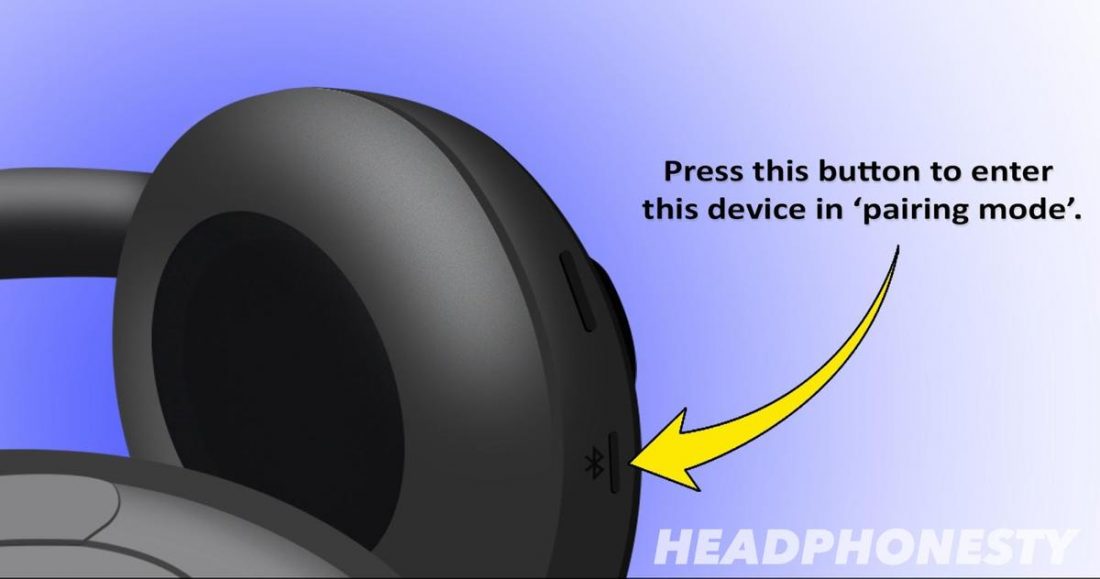
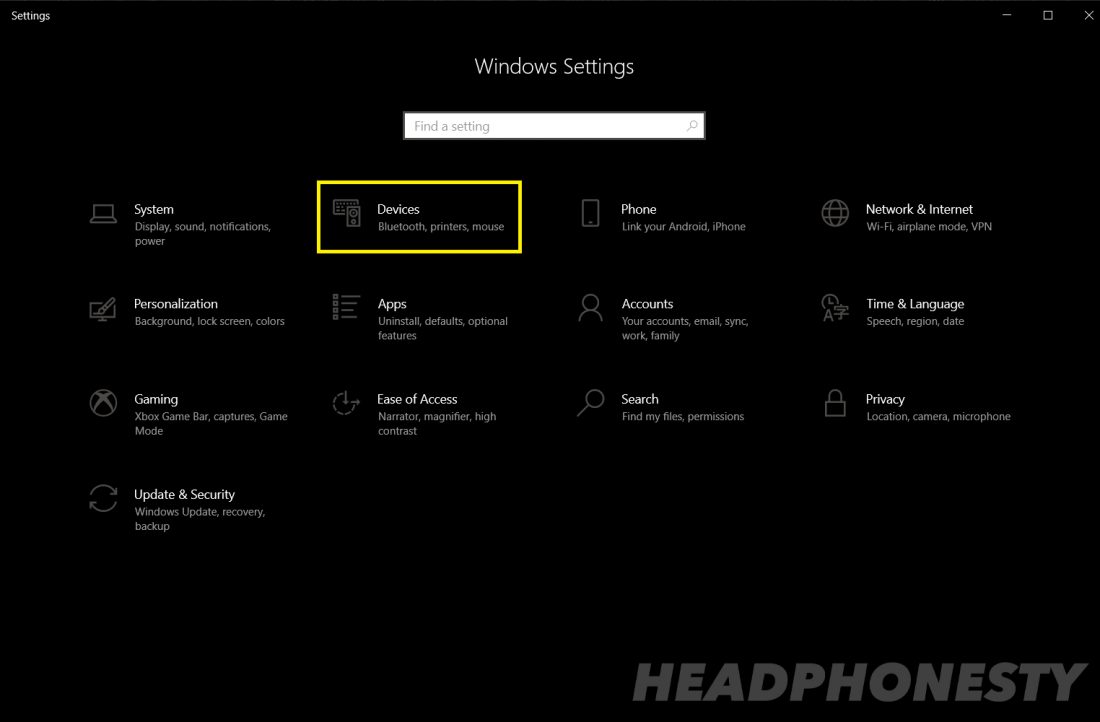
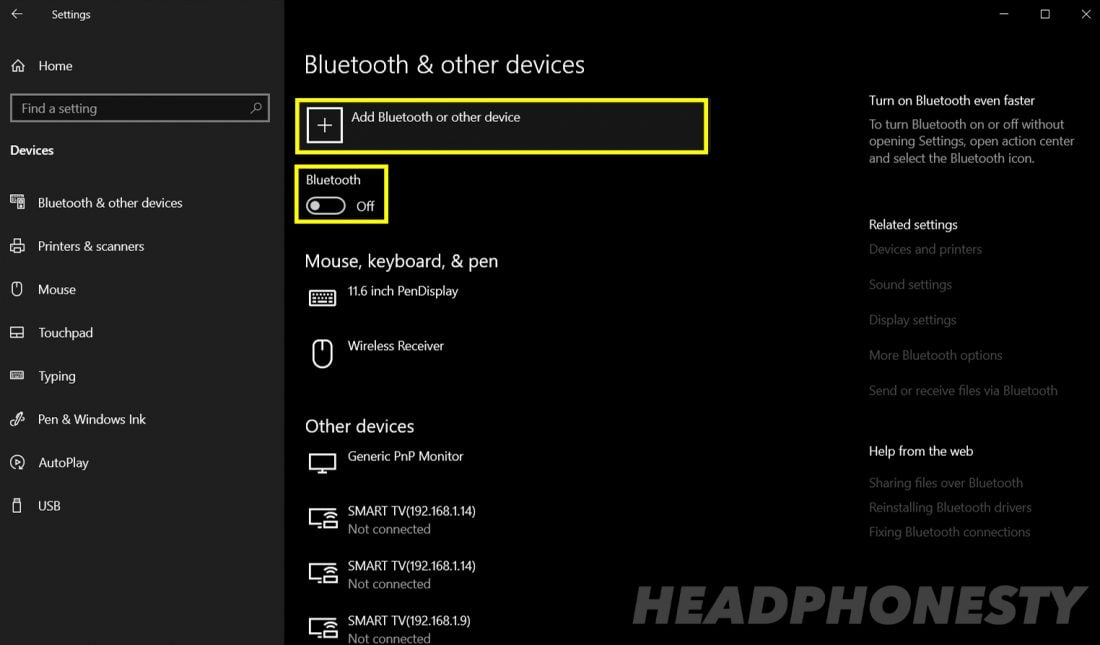
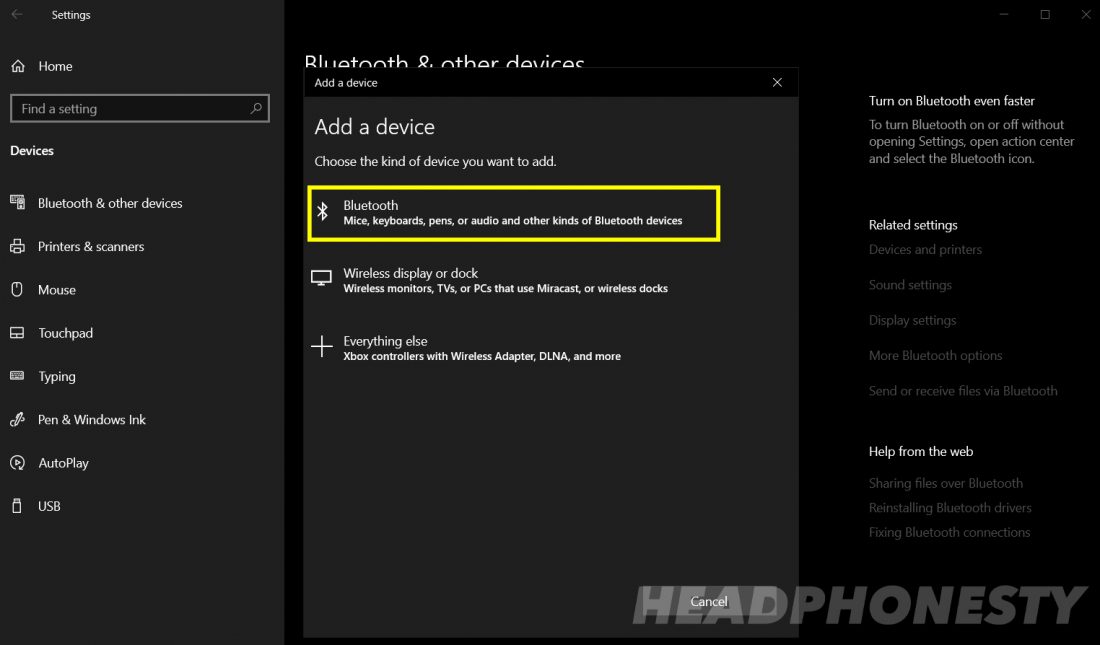

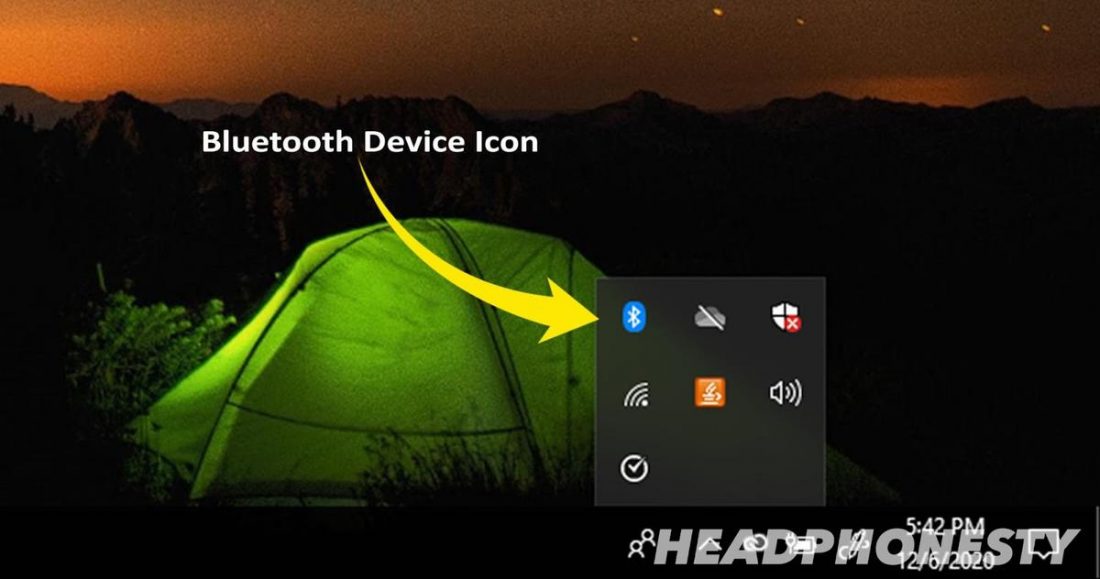
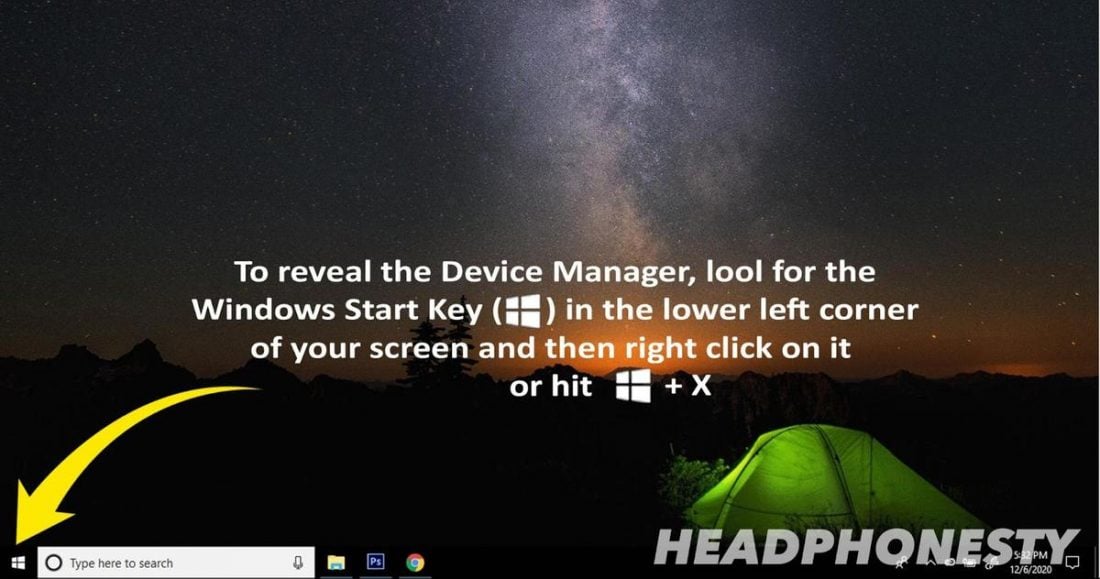
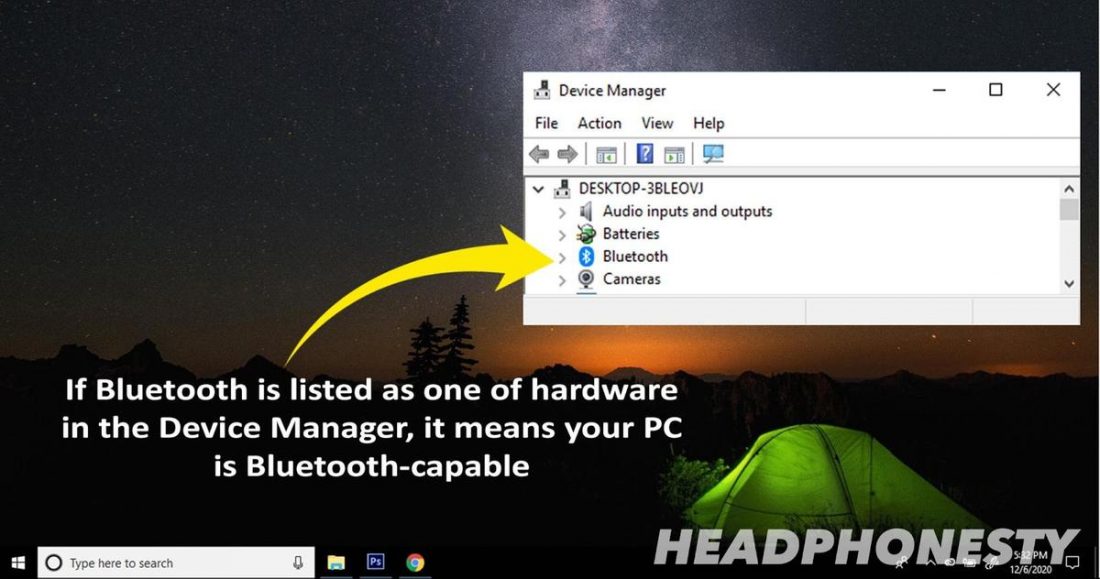
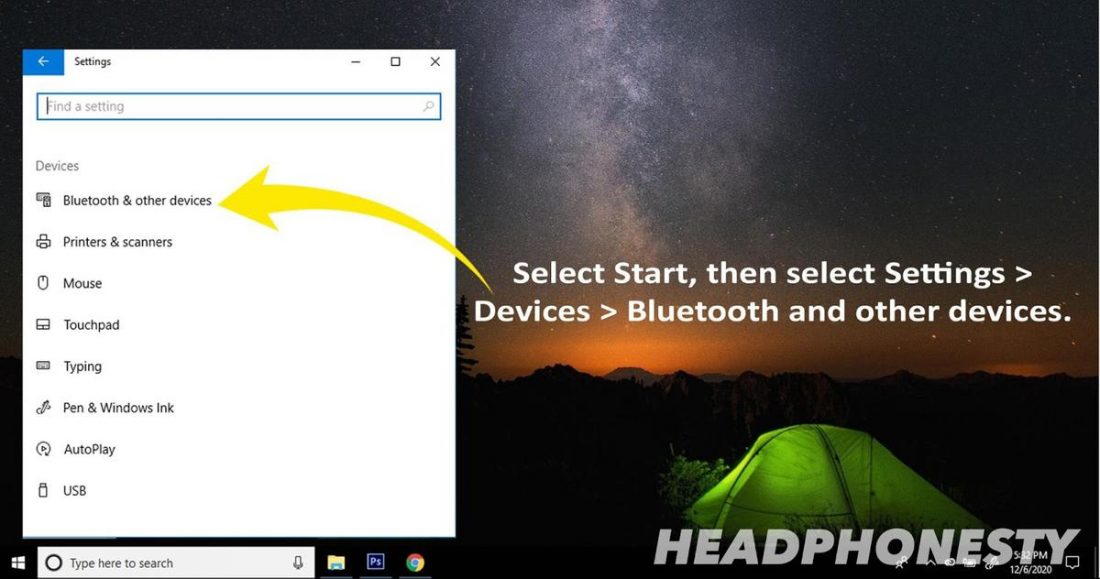
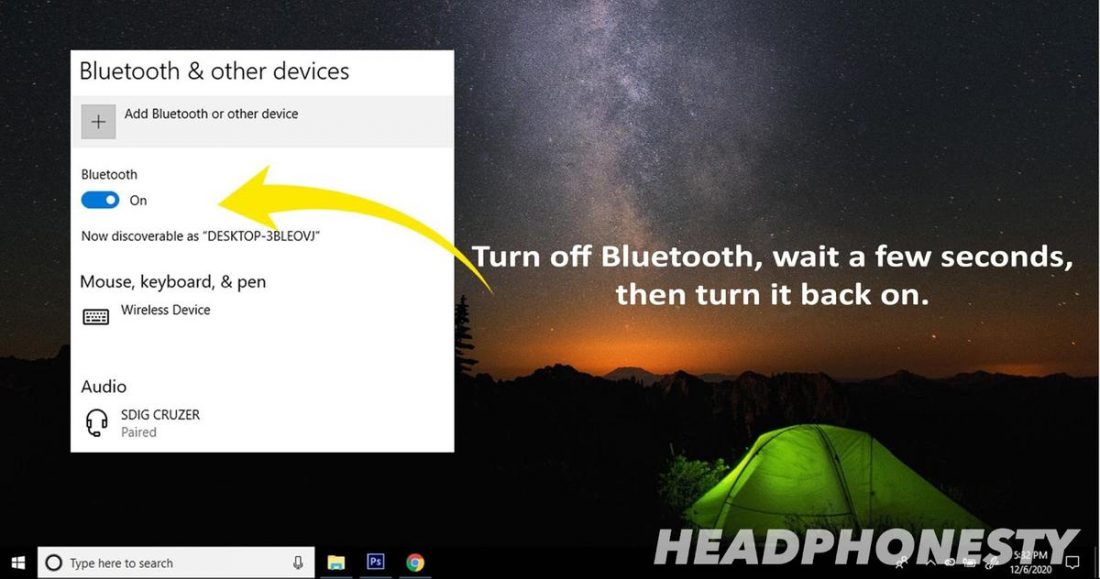
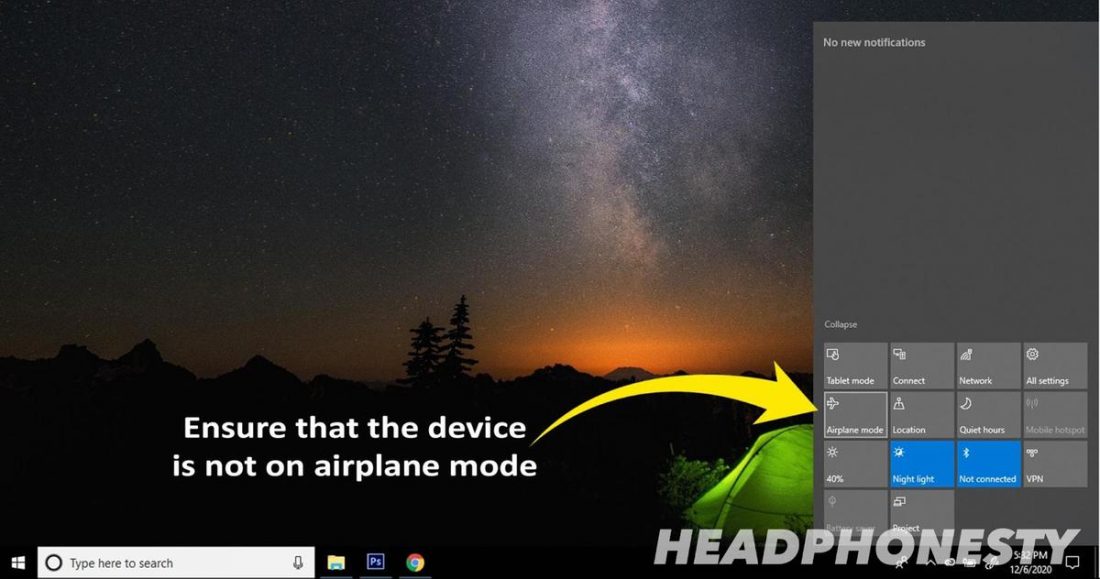
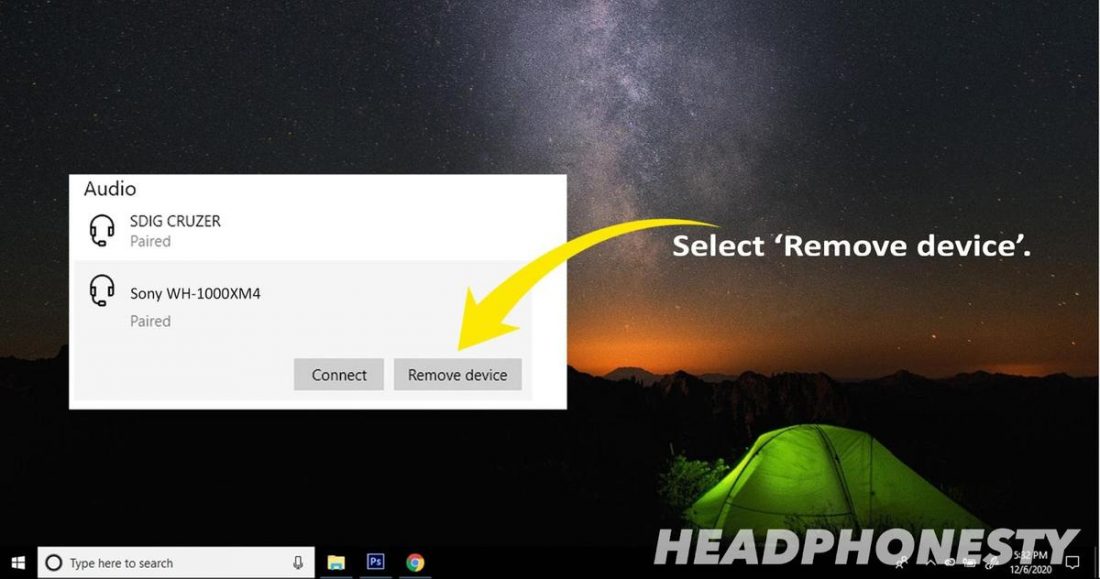

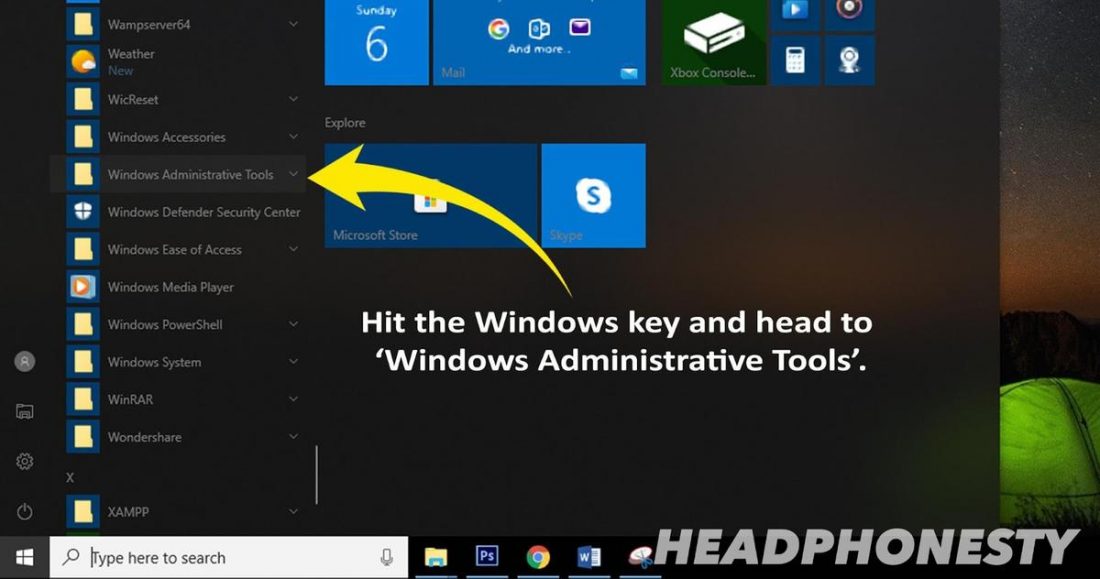

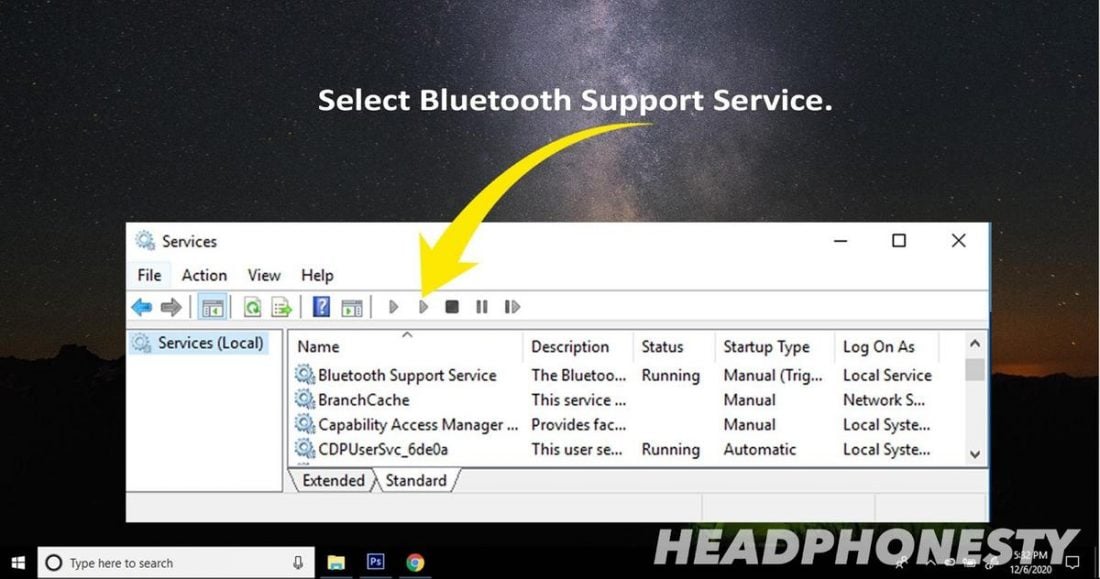
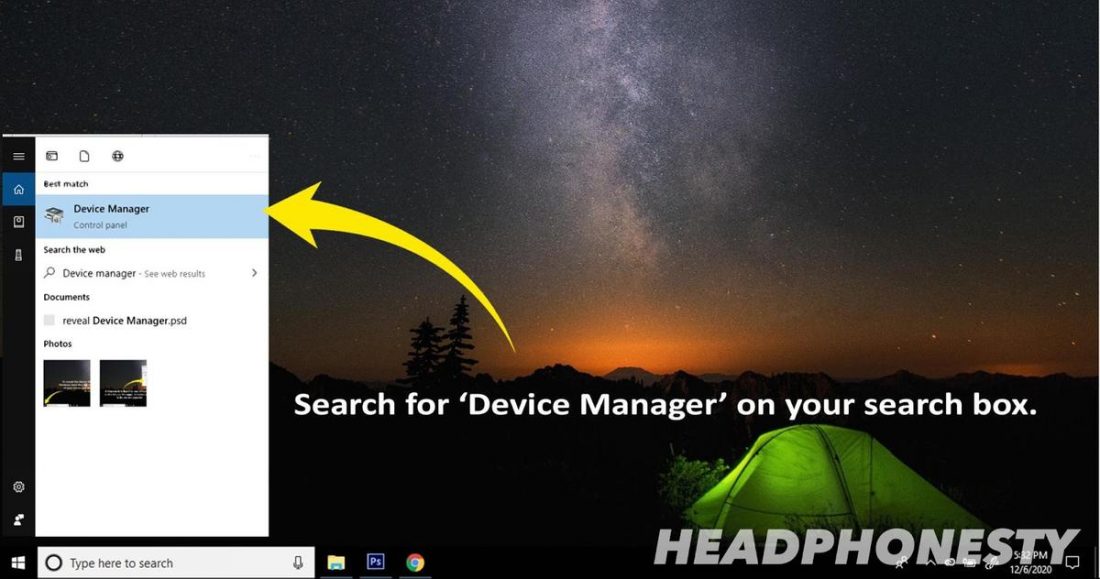
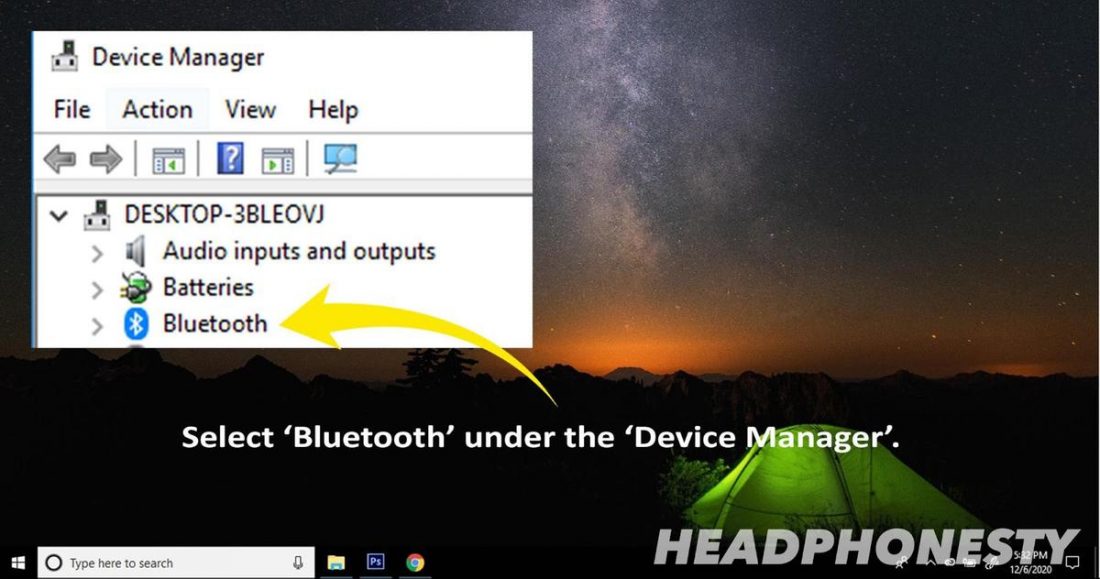
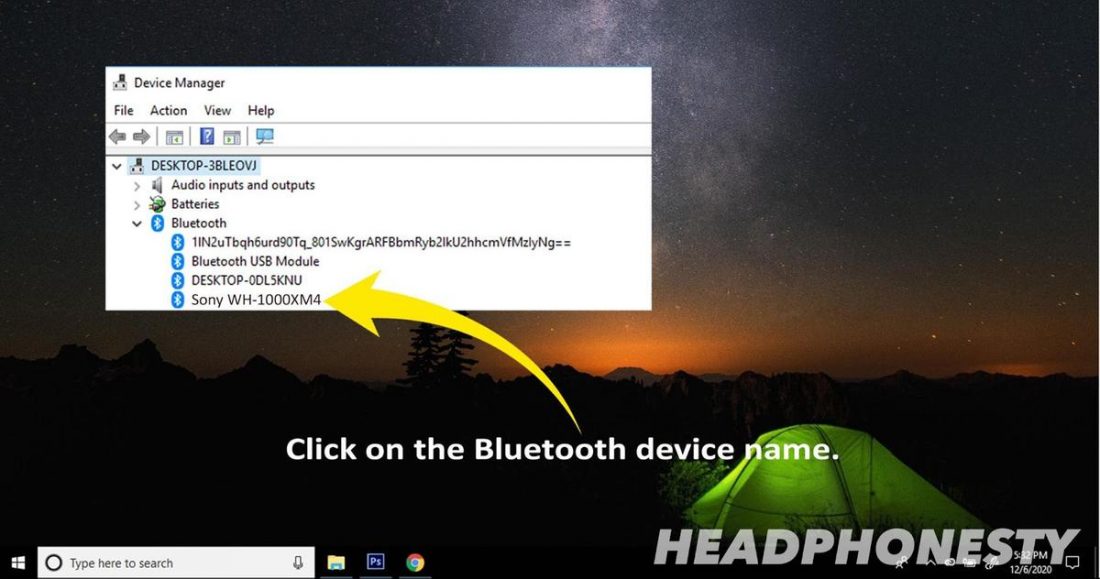
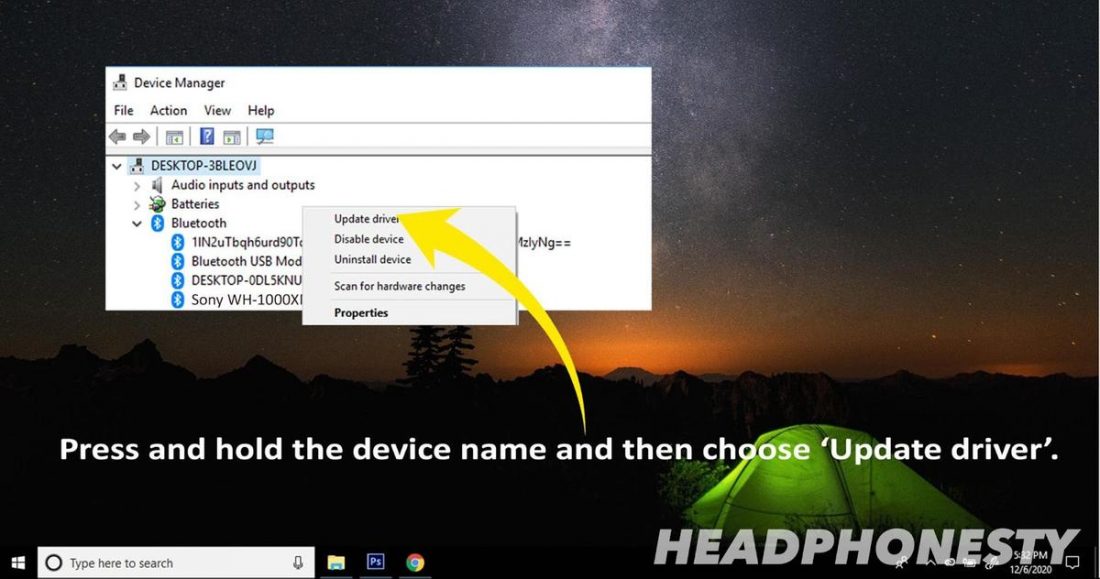
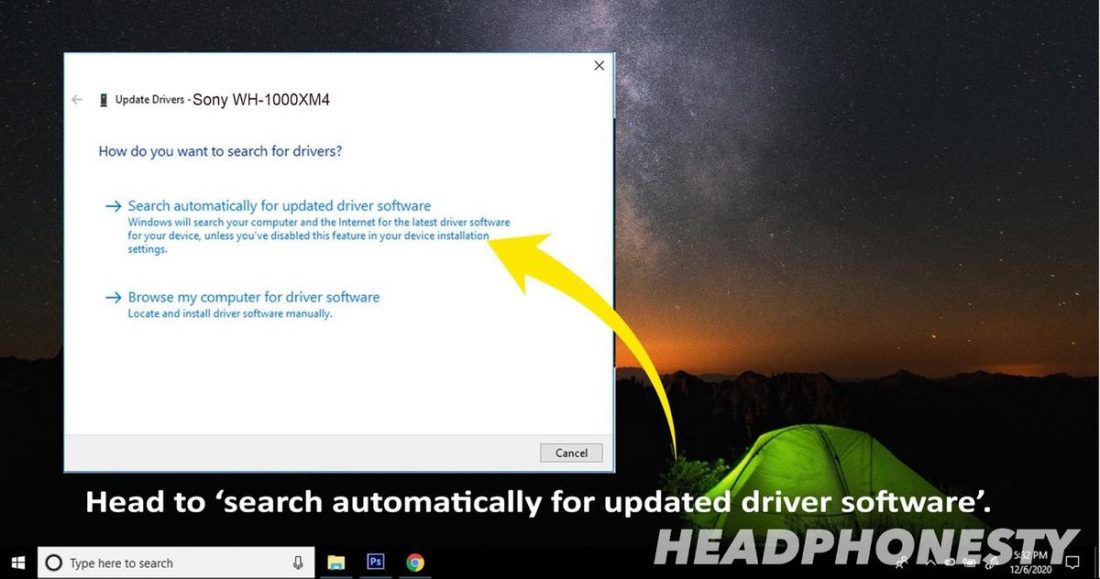
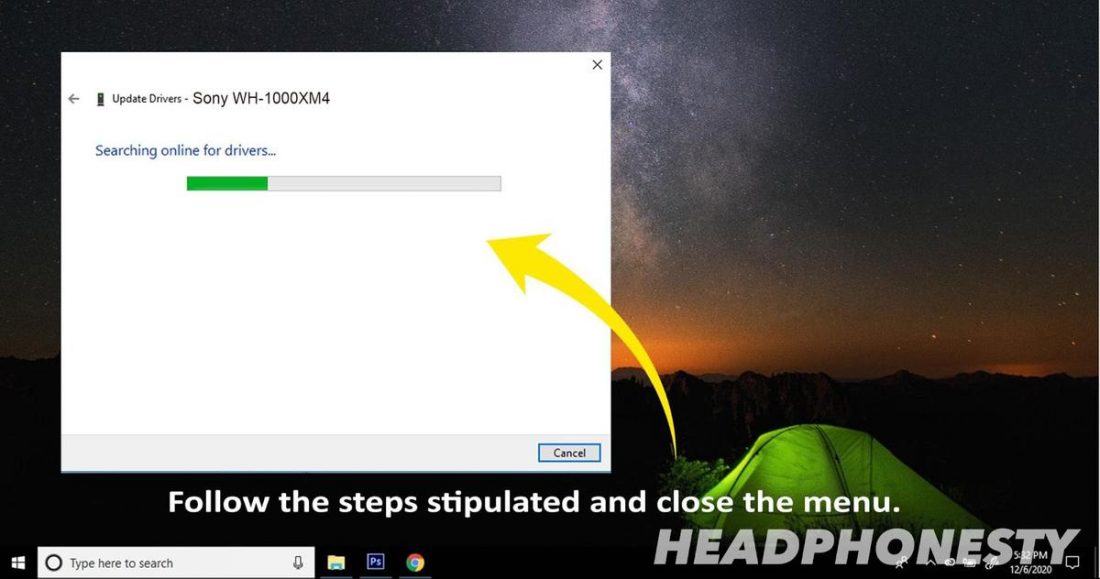
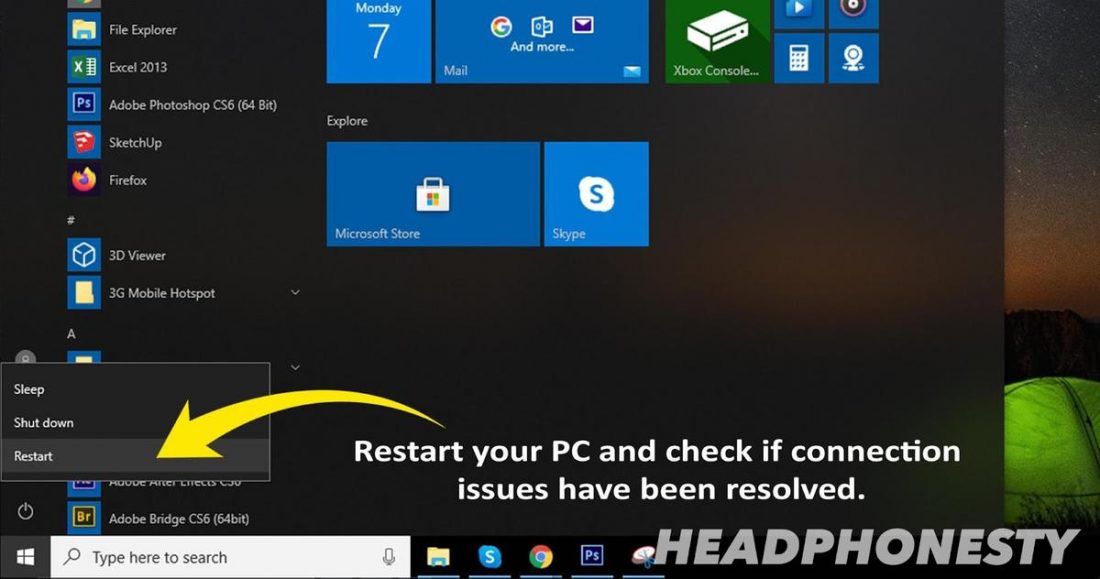

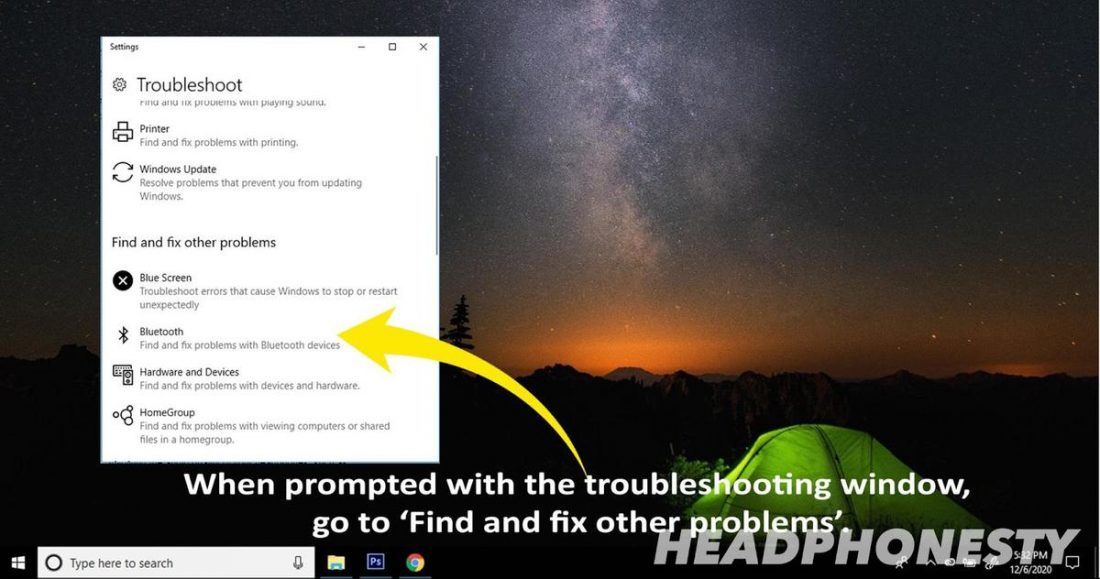
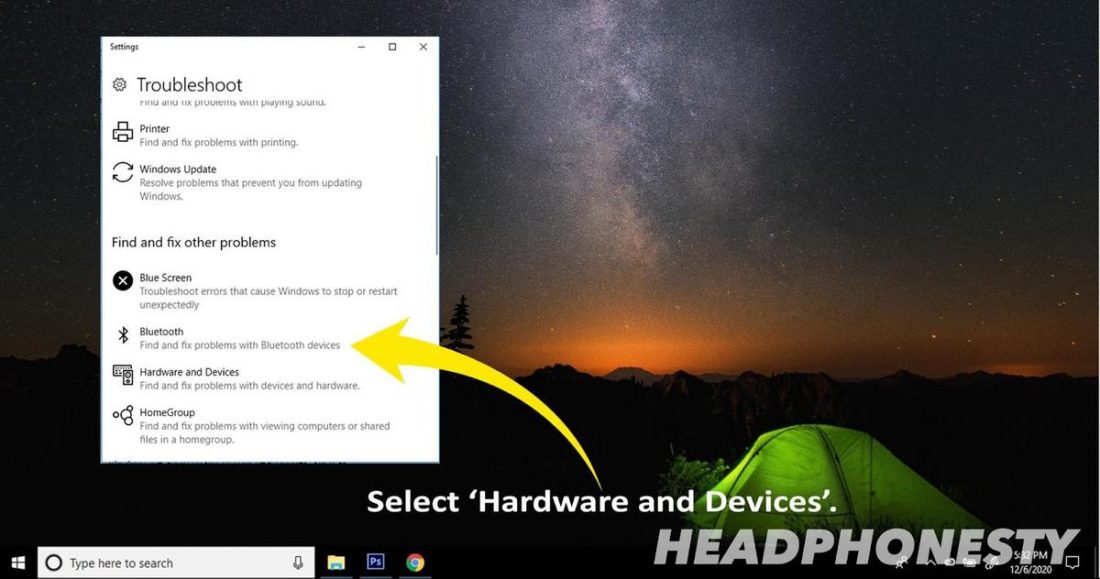
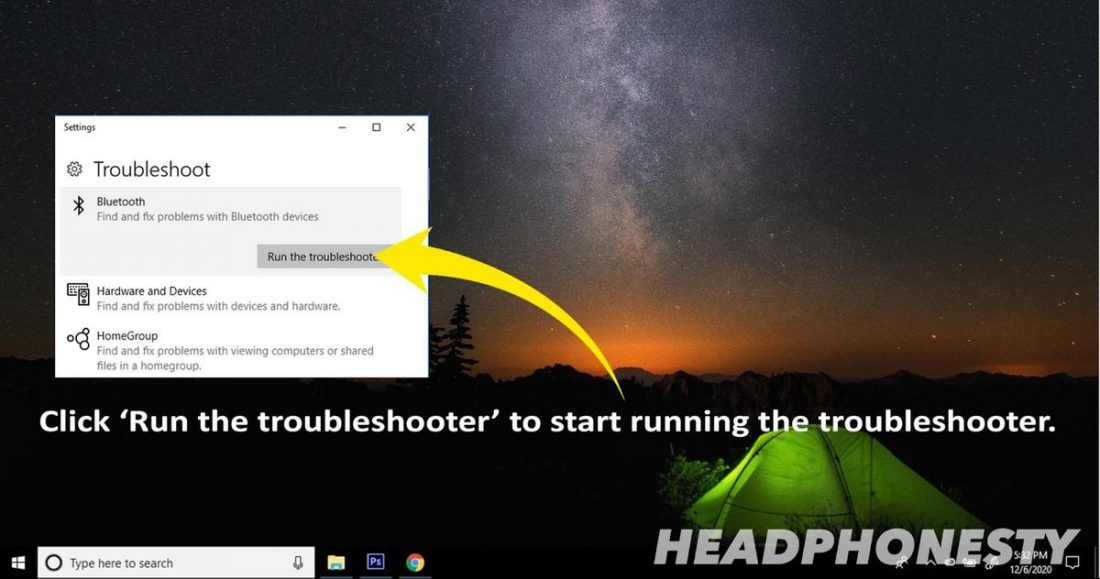
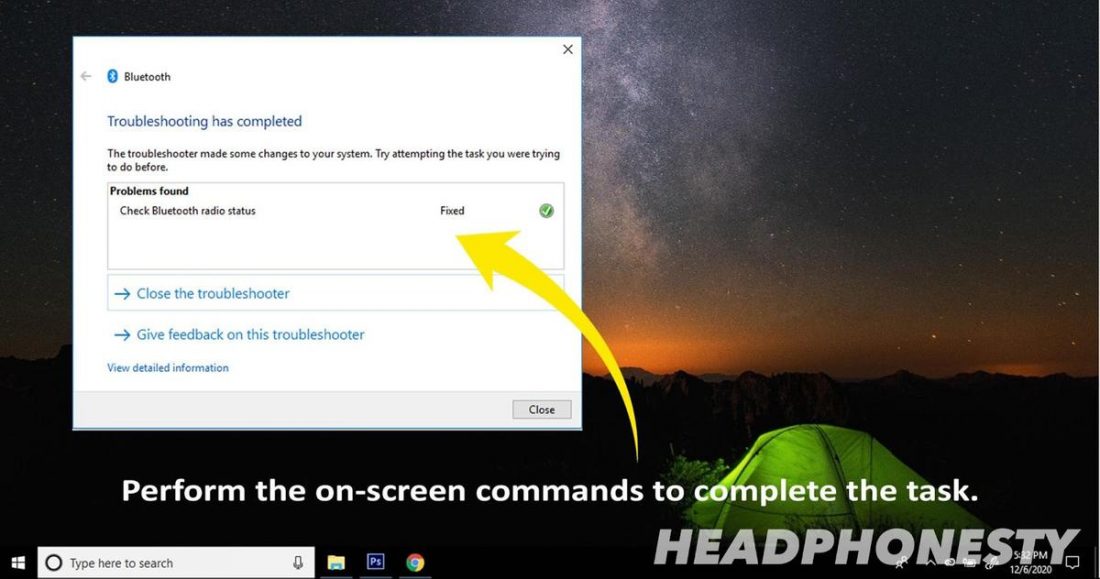
It helped me for some reason when I plugged in and then unplugged other, wired headphones that my computer already knows. And suddenly my new bluetooth headphones magically disappeared from “Other devices”, appeared on the headphones list and started working immediately. Strange but may work for you as well if you’re looking for a solution. I discovered it just by pure coincidence.